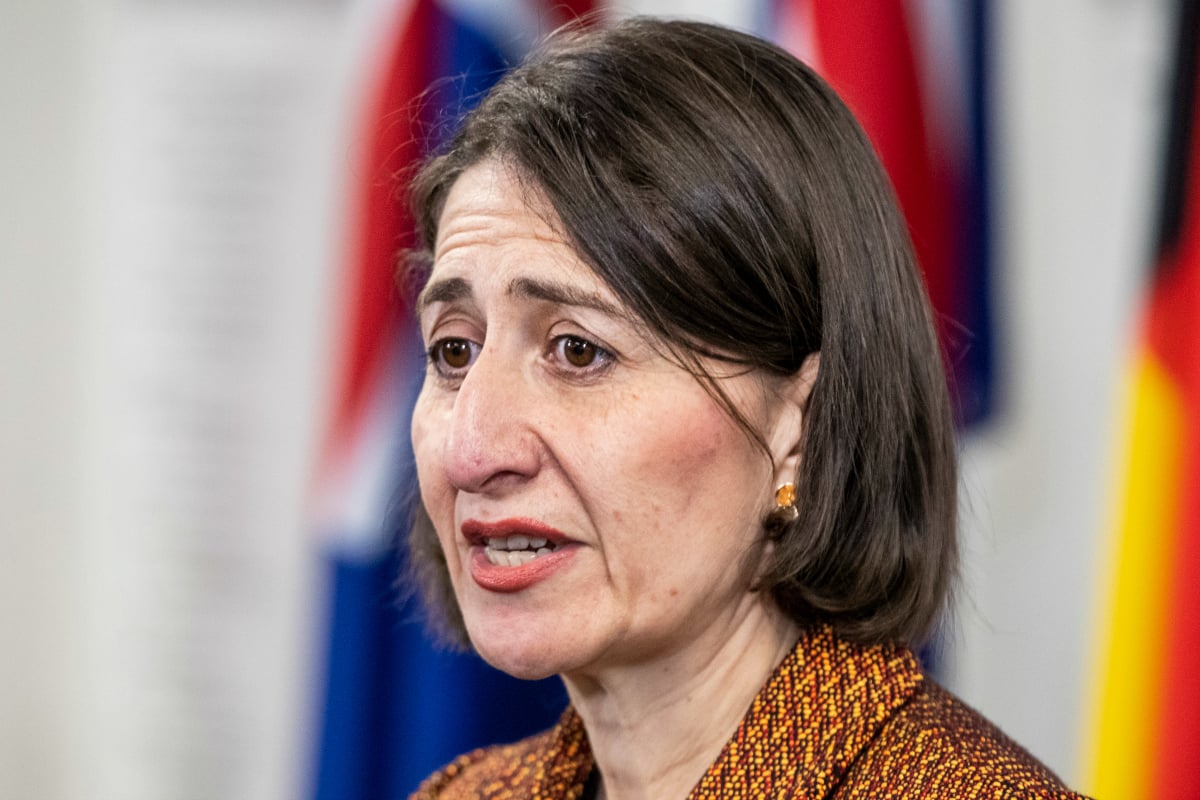
New South Wales has been teetering on a knife's edge for several weeks now.
The state's daily COVID-19 cases have been hovering in the teens, as authorities work to contain various outbreaks. Most pressing right now are the 19 infections so far linked to the Tangara School for Girls in Cherrybrook, a suburb in Sydney's north-west.
"NSW remains in a state of high alert," Premier Gladys Berejiklian said on Wednesday morning.
"Please know that whilst numbers have remained stable in New South Wales for the past month, we can't be assured of that moving forward."
Watch: Premier Gladys Berejiklian on the current state of COVID-19 in NSW.
A glance across the southern border shows the unnerving potential of NSW's situation.
Victoria has recorded a sharp rise in infections since the end of June, largely courtesy of failures in hotel quarantine.
On Tuesday alone, the state recorded 410 new cases and 21 deaths, which is mercifully lower than the record-high of 725 infections on August 8.
Other states have been monitoring the situation, paying particular attention to the successes and shortfalls of the Victorian Government's response. But few have been watching more closely than NSW.

Top Comments